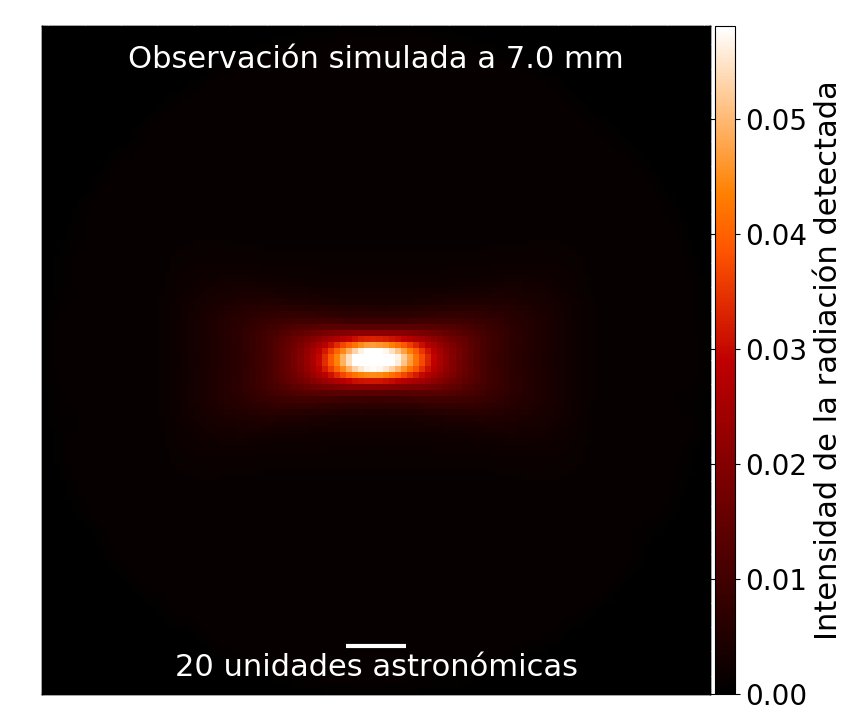Our paper "On the Effects of Self-Obscuration in the (Sub-)Millimeter Spectral Indices and Appearance of Protostellar Disks" was publised on The Astrophysical Journal. You can find it here.
In summary, we show that protostellar (class 0 and I) disks likely are more massive than usually inferred under the optically-thin, single-temperature assumptions for their dust continuum. For this, we used several grids of radiative transfer simulations of (sub)mm observations performed using SF3dmodels+LIME. The results imply that there is not too much need for significant grain growth in young protostars. Relatively massive disks would also naturally lead to fragmentation and the early formation of the seeds for companions.
This idea was previously demonstrated analytically for a simpler two-layered spherical model by Jennifer Li, Baobab Liu et al. (2017).

